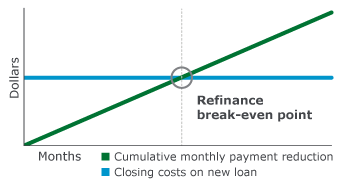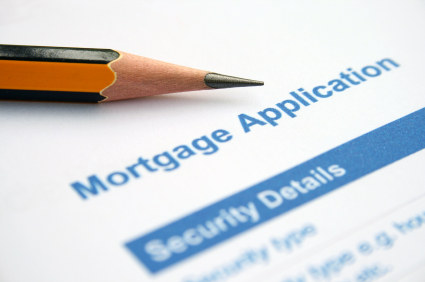Maintaining a good credit history is very important to get your home loan approved.
What is a good CIBIL score for Home Loan?
A good CIBIL score for home loan normally starts from 700 upwards. However, the closer you are to 900, the more faith the credit institution will have in your capacity to repay the home loan. With a good credit score along with fulfilment of other criteria as decided by the bank, you can get financing up to 85% of the total cost of the property.
CIBIL Score for Home Loan
CIBIL scores play a major role in processing home loan applications. In fact, it is a major criterion based on which a bank decides whether to process a home loan application or not. When you submit your filled home loan application, the bank will first check your credit score and credit history. If your credit score is low and you have a bad credit history, it will most likely reject your application. However, if you have a good CIBIL score, your home loan application will be processed quicker. While there is no universal score, every bank has a minimum CIBIL score which acts as a cut-off or indicator to accept or reject applications. In general, 750 and above is considered a good score, 350 -750 an average score or maybe unacceptable and below 350 would be considered poor.




